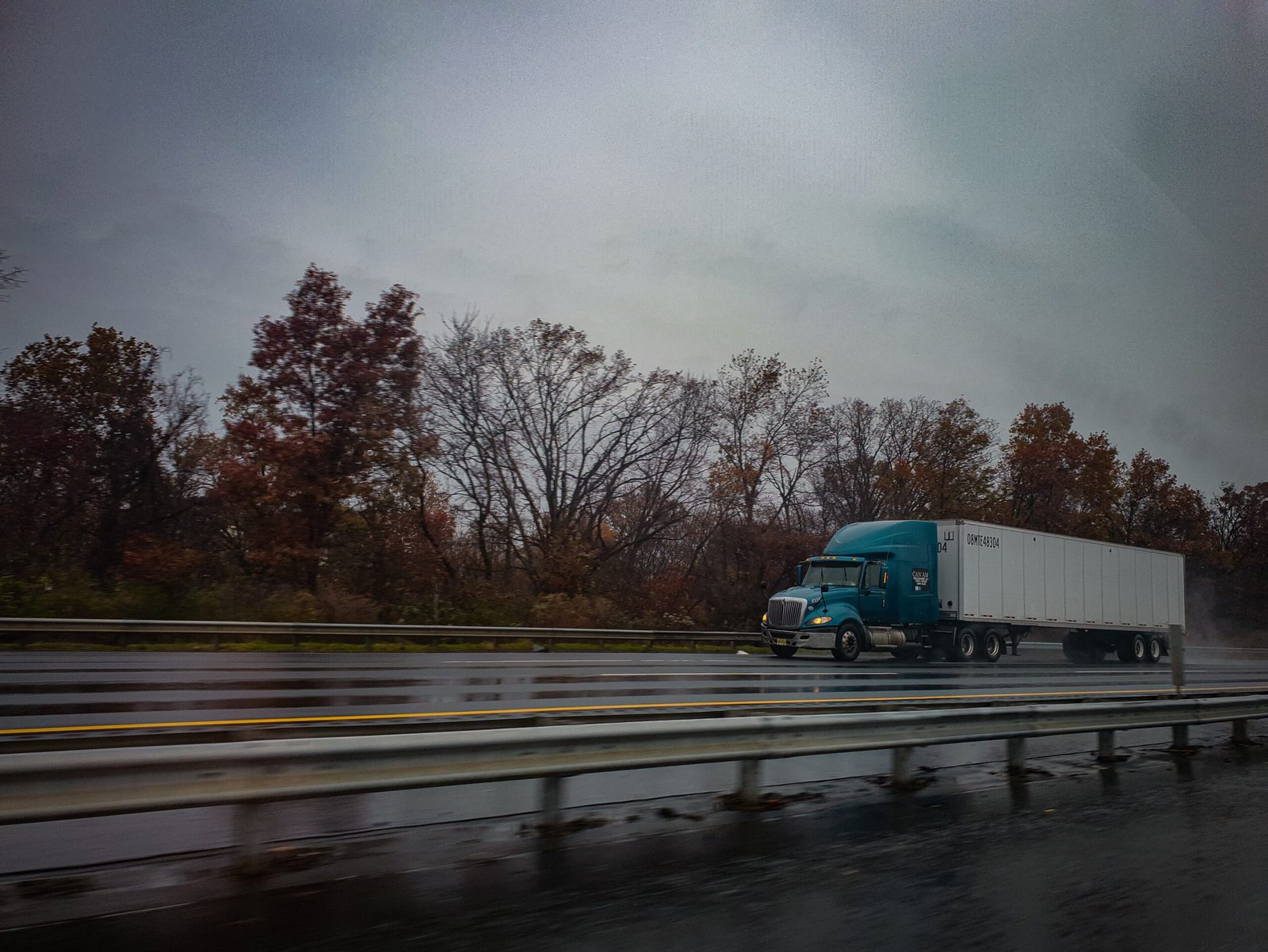How Drivers Can Safely Share the Road With Tractor Trailers

Many drivers find it intimidating to pass tractor-trailers while driving. Since these commercial trucks are so large and heavy, all other road users must pay close attention and consider them diligently. It takes an in-depth knowledge of the dynamics involved in sharing the road to ensure both car and truck drivers’ safety. This article will explore practical techniques that drivers can use to share the road with tractor-trailers while putting everyone’s safety first.
1. Maintain Adequate Following Distance
The importance of keeping a safe following distance when sharing the road with tractor-trailers cannot be overstated. Due to their large weight, trucks take a lot longer to come to a complete stop. As a result, drivers ought to try to maintain a gap between their car and the truck in front of them for at least four seconds. This space acts as a safety buffer during sudden stops, enabling the truck and the car to react safely and avoid potential crashes.
2. Avoid Blind Spots
Drivers must know their positioning because tractor-trailers have wider blind zones than ordinary cars. These no-zones, often known as blind spots, encompass the space immediately behind the truck, along the sides, and in front of the cab. Avoiding these areas lowers the possibility of accidents brought on by the trucker’s poor visibility. Avoid loitering beside a truck when passing it in order to avoid potentially hazardous circumstances. Remember that if you can’t see the truck driver in the side mirrors, he or she can’t see you either.
3. Use Turn Signals and Communicate Intentions
Safe road sharing depends on clear communication. Always use your turn signals well in advance to signify lane changes and turns when driving close to tractor trucks. Truck drivers can anticipate your activities and modify their driving due to predictable moves. When entering traffic or merging onto highways, do it gradually and smoothly to give truckers time to respond and, if required, lower their pace.
4. Be Cautious During Lane Changes
Extra attention is needed when changing lanes around tractor-trailers. Ensure there is enough room for your car and you won’t cut off the truck before changing lanes. Give trucks additional room when changing lanes or making turns because of their wider turning radii. Once you can see the complete front of the truck in your rearview mirror, drive into the vehicle’s lane. Otherwise, signal your intentions as soon as possible. By doing this, the likelihood of being caught in a truck’s blind spot during a lane change is reduced.
5. Pass Safely and Promptly
It’s crucial to overtake a tractor-trailer securely and effectively. Ensure the route is clear and you have enough sight to see approaching vehicles before attempting to pass. Avoid standing too close to the vehicle by forcefully accelerating and passing it. Be mindful of the truck’s wind gusts, which can compromise the stability of your car. When you’ve successfully passed the vehicle, allow it plenty of room before reentering its lane.
6. Adapt to Weather Conditions
Weather-related issues make it more difficult to share the road with tractor-trailers. It is essential to exercise even more caution because rain, snow, and fog can limit vision and traction. Reduce your pace, return from unexpected maneuvers, and increase your following distance. Truck drivers suffer similar difficulties, so be aware of their movements and keep a safe distance.
7. Understanding Commercial Trucking Insurance
Understanding the significance of commercial trucking insurance is crucial as trucking businesses make significant insurance coverage investments to secure their assets and assure the safety of their drivers and the vehicles they operate. In the event of mishaps, losses to property, or injuries, this insurance offers financial stability. Understanding the significance of insurance as a road user highlights the wider safety precautions and considerations made by the sector.
Conclusion
Combining awareness, foresight, and adherence to acceptable practices is necessary when driving alongside tractor-trailers. Drivers can considerably improve everyone’s safety by keeping a safe following distance, avoiding blind spots, being explicit about intentions, and being adaptable to changing conditions. The value of commercial trucking insurance highlights the sector’s dedication to responsible behavior and safety. Cooperation, awareness, and dedication are ultimately necessary for safe road sharing to minimize dangers for everyone on the road.
